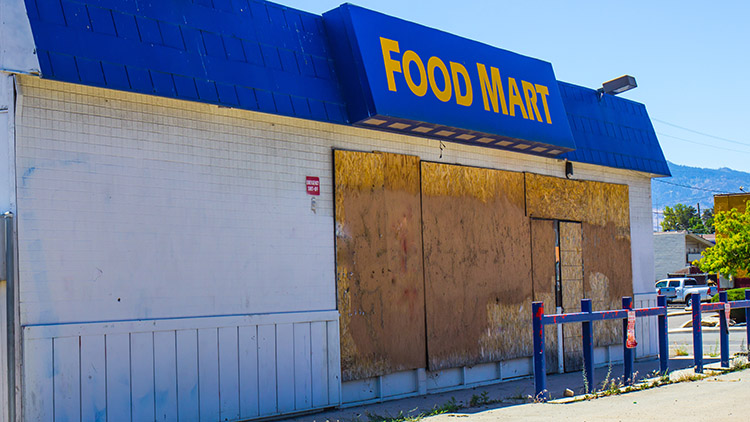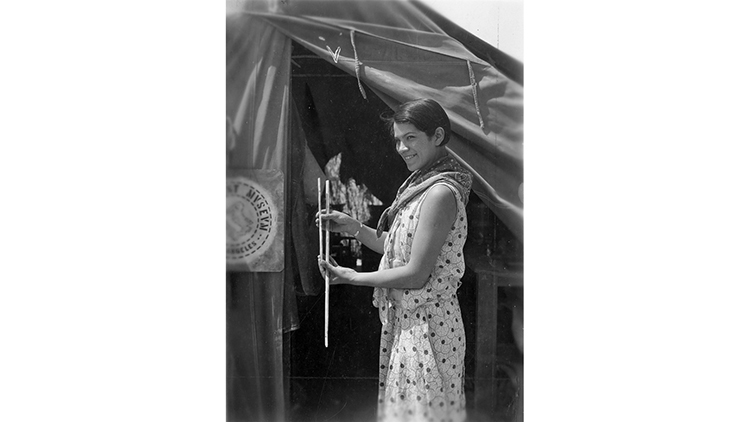
June is National Fruits and Vegetables Month. It’s a time to focus on the health benefits of eating these foods. But what if you lived in an area where you could not buy healthy food like fresh fruits, vegetables, and grains? Areas like this are called food deserts. Researchers believe that over 20 million people in the United States live in areas where they can’t buy fresh foods.
Instead of grocery stores or farmers’ markets, people who live in food deserts might buy their food at gas stations or convenience stores. Stores like these do not have healthy food options. Transportation is another problem in food deserts. A family might live one mile from a grocery store. But if they don’t have a car of their own, it’s harder to get healthy food.
Most food deserts are in urban areas, but there are food deserts in rural communities, too. People who live in urban food deserts pay a lot more for their groceries than people who live in suburban areas. This is because it costs more to ship food into the city.
Food deserts are very unhealthy. Fresh food is much healthier to eat than food from convenience stores and gas stations. People who live in food deserts are more likely to have health problems like diabetes, heart disease, strokes, and cancer. Children who live in food deserts may not learn as well as other kids.
How can people solve the problem of food deserts? Experts recommend that communities grow community gardens and open local farmers markets. They also recommend improving public transportation and creating new tax codes that will make it easier to build and open new stores.
What Do You Think? Imagine the place where you live has a food desert. The city council wants ideas to fix the food desert. What do you suggest?
Photo Credit: Thomas Bullock/123RF



